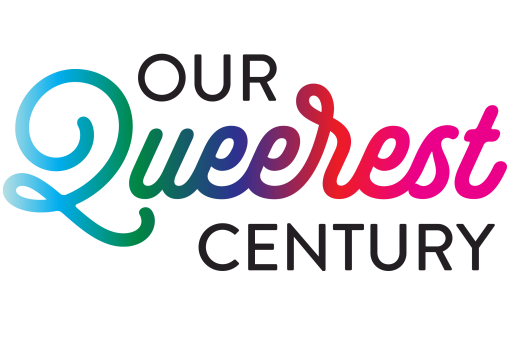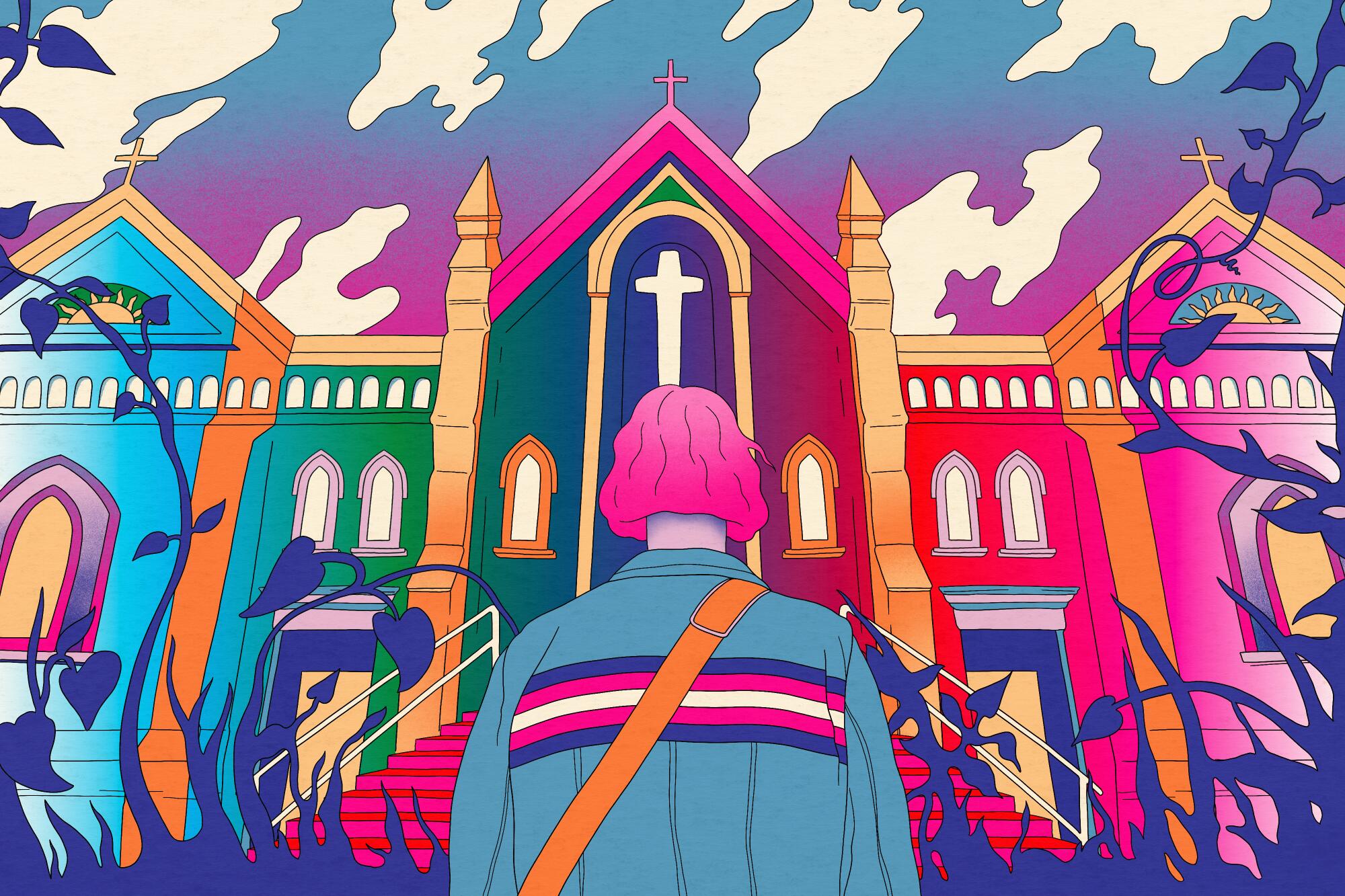
I don’t know who exactly taught me I was going to hell.
It wasn’t my parents. My mother, raised Southern Baptist, was clear that we attended the only Lutheran church for miles because the Lutherans weren’t mean.
With queer lives and culture under threat, Our Queerest Century highlights the contributions of LGBTQ+ people since the 1924 founding of the nation’s first gay rights organization.
Pre-order a copy of the series in print.
It wasn’t my favorite childhood pastor. Over the course of two years in confirmation classes, he taught me in a deep and meaningful way why we believed what we believed — that we were saved by God’s grace, not good works.
I think it was everyone else.
I grew up in a rural community of about 300 people in southeast Oklahoma, a region commonly referred to by residents as “Little Dixie.” My hometown had one convenience store, a bar and about seven churches. There are plenty of stereotypes about this sort of “flyover country” being a terrible place to grow up queer, and they aren’t entirely wrong.
Oklahoma lawmakers and luminaries have been full of anti-LGBTQ+ hate for decades, a good portion of it driven by religion. Christian singer Anita Bryant, known for hawking orange juice and anti-gay activism, hails from my home state. Former state Rep. Sally Kern made national headlines in 2008 when she said LGBTQ+ people were a bigger threat to our country than terrorism.
In 2022, Gov. Kevin Stitt signed a law requiring public school students to use only bathrooms that matched their assigned sex at birth. That’s likely why 16-year-old transgender student Nex Benedict was in the girls’ restroom when he was brutally beaten by a group of girls at his Oklahoma high school in February. He is alleged to have died by suicide the next day.
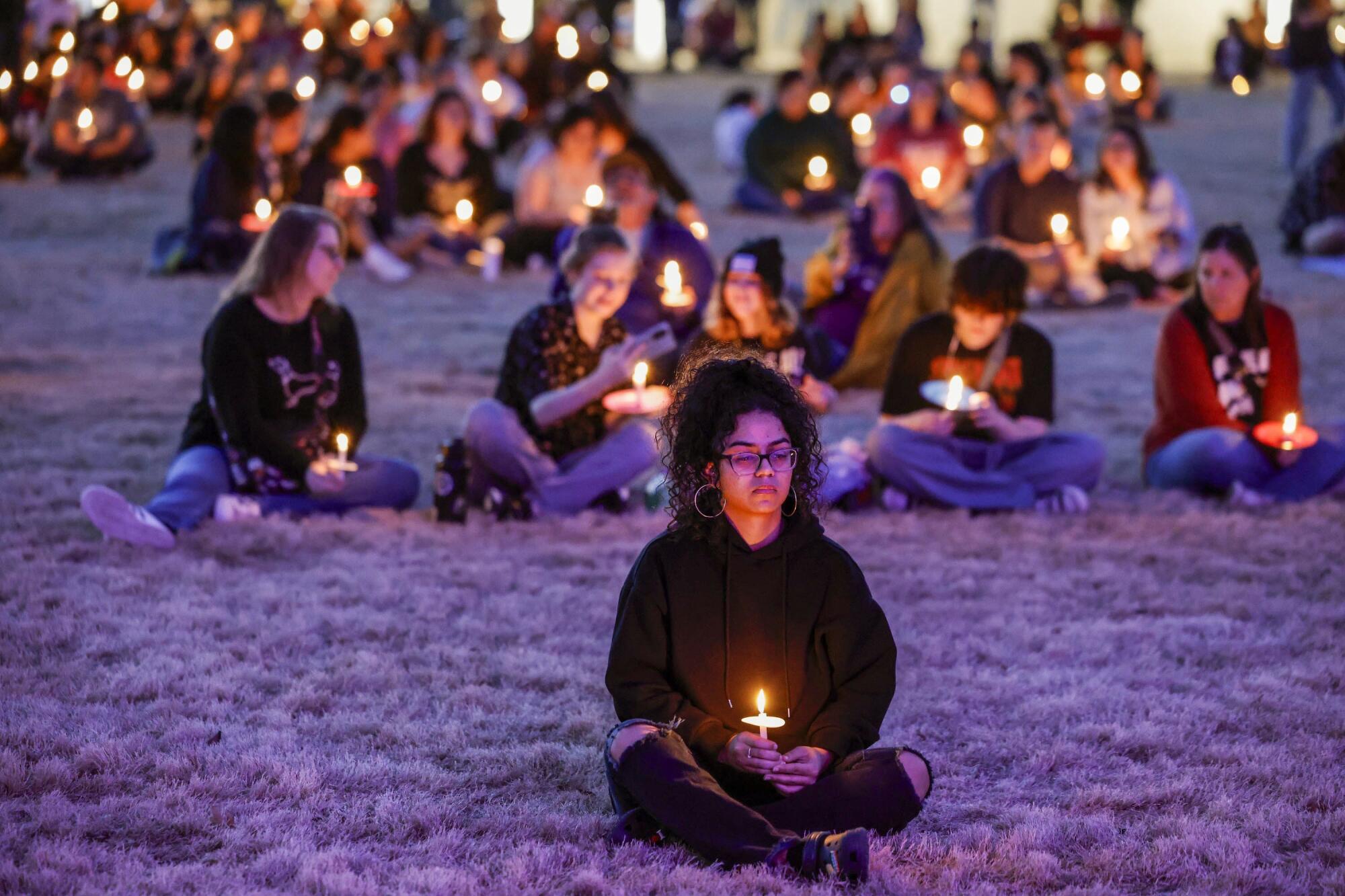
However, Oklahoma isn’t the only tough — or dangerous — place to be young and queer. School boards across California have recently been pressured to abandon LGBTQ+ affirming policies by conservative groups, and in some cases have passed policies requiring parents to be alerted if their children identify as transgender — which queer advocates say is a violation of privacy and potentially dangerous. In a recent survey conducted by UCLA researchers, a majority of California school principals, 78%, reported their students had “made hostile or demeaning remarks to LGBTQ classmates.”
We have made tremendous progress building a more equitable country over the last 100 years, with transgender and nonbinary activists at the forefront of that effort. Think the Compton’s Cafeteria uprising by San Francisco trans women in 1966, Stonewall in 1969. Each day transgender and nonbinary people make their way in the world, our resistance to being silenced, to being erased, paves the way for others to live more authentic lives.
Gen Z and Gen Alpha are already telling us they’re queerer than the rest of us, with about a quarter of Gen Z identifying as LGBTQ+, according to recent polls. They’re also facing a growing wave of anti-queer bigotry nationwide.
After Nex died in February, President Biden said we all must “recommit to our work to end discrimination and address the suicide crisis impacting too many nonbinary and transgender children.”
One child is “too many,” but we are far past that.

On Wednesday nights when I was growing up, a local Baptist preacher drove an off-white school bus through our community to pick up kids for his church’s weekly children’s program. I went because all my friends did (and there were prizes and candy).
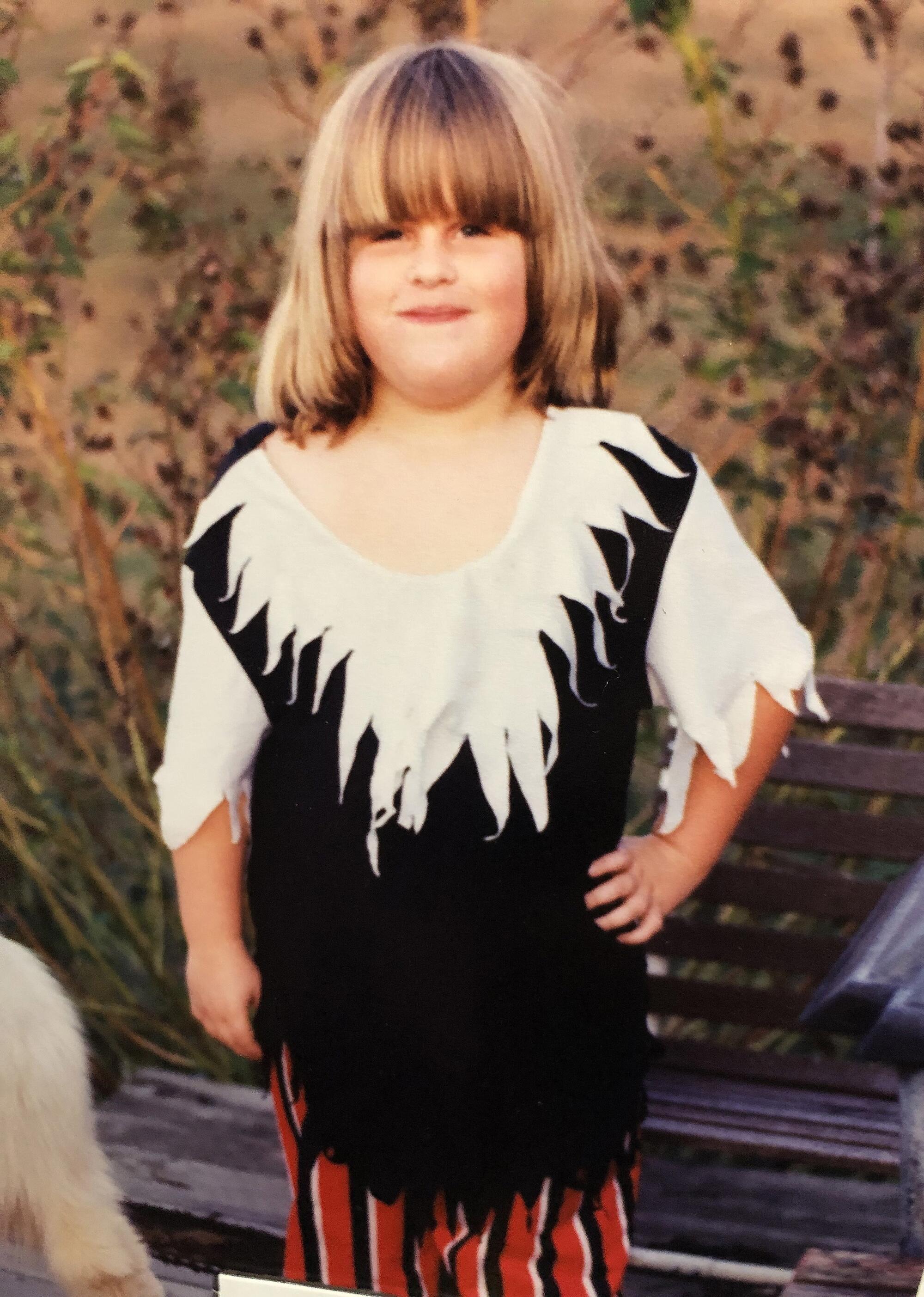
One night, when I was around 8, I sobbed on the bus, pleading with the pastor to explain to me whether I was “saved” — a term often used in Baptist churches to refer to whether you’ve really committed your soul to Jesus.
I kept attending church with friends through high school because it was one of the few social opportunities in town, especially before any of us could drive. I also joined a small group of students who met in our science teacher’s classroom to discuss religion.
I debated with students about why their churches cherry-picked verses of the Bible to argue being gay was wrong. Although I hadn’t yet figured out I was queer, I think I wanted someone to tell me I was going to be OK.
One of my best friends was the only out gay person in our small high school. Once on the bus, an opinionated conservative Christian student said Trent was going to hell. I had a near out-of-body experience shouting that kid down. I would never believe Trent was going to hell.
I would not extend such kindness to myself for years to come.
It hurts to know that queer kids today are experiencing similar, or much worse. It’s heartening to hear when they’ve had a better experience.
Emmi Gonzalez-Soto (she/they), a 22-year-old trans woman from L.A., serves as a lector and Scripture reader at a progressive Catholic Church in Boyle Heights, where their mother is a lector.
When she was transitioning, Emmi made a speech before the church about being queer. The parishioners she knew well were supportive, and those with questions asked Emmi’s mother.
Emmi has invited queer friends to church. One friend was too scared to come inside. Another keeps asking when they can come back.
Emmi has somewhat begrudgingly accepted her faith as a source of strength. They were born with Pfeiffer syndrome, a rare genetic disorder that causes the bones in a child’s skull to incorrectly fuse together, and credit God with keeping them alive through more than 20 surgeries.
“I do believe that there have been many times that God has saved me, that God has been the one to bring me back, and be like, ‘You’re not done yet, girl.’ ”

When did I learn I wasn’t going to hell? College, to start.
My first year at Oklahoma State University, I took “Philosophies of Life,” which I chose in hopes it’d be an easy blow-off class so I could spend most of my energy at the student newspaper.
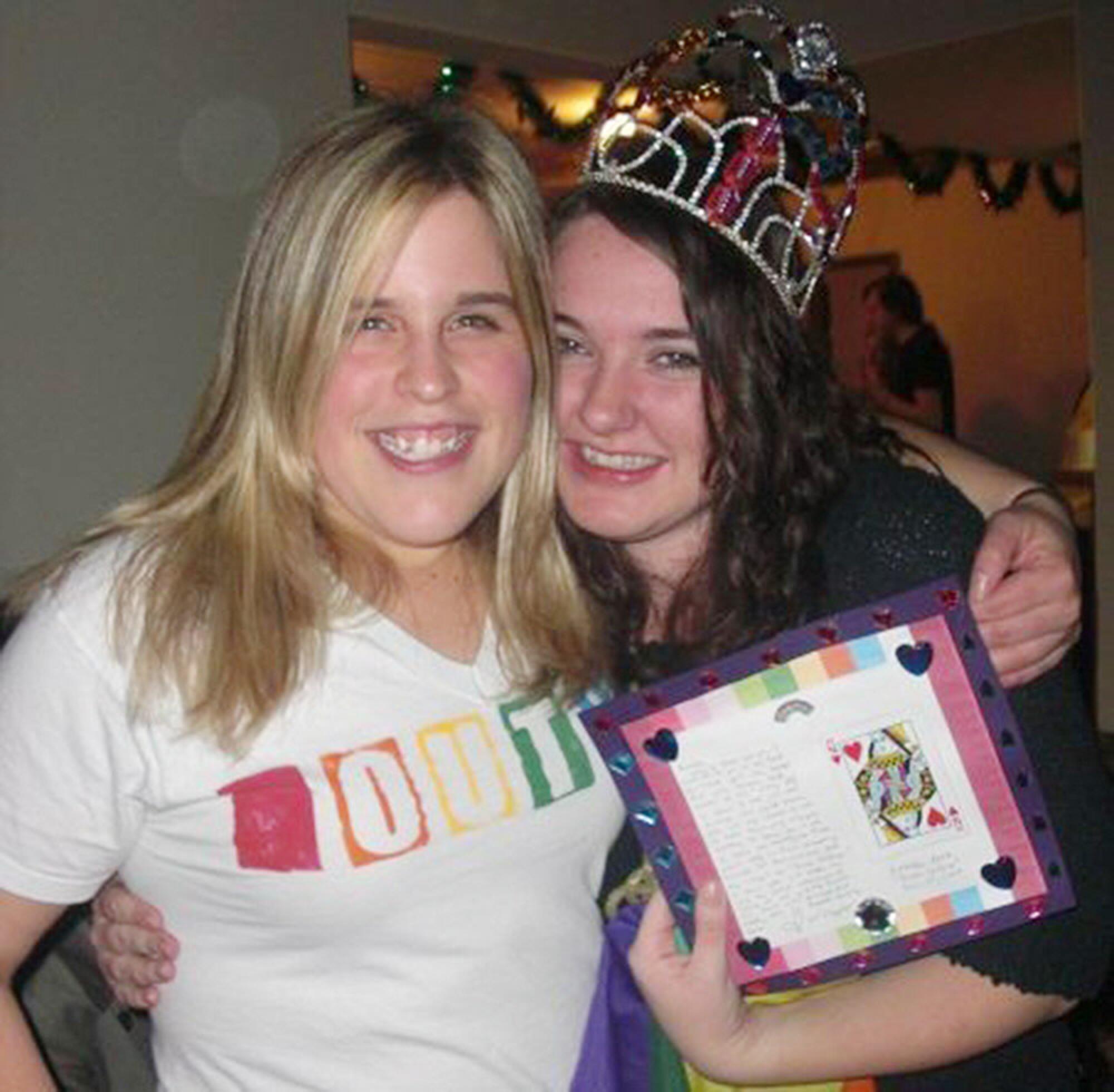
In our first class, the professor asked who in the room believed in God. Hands, including my own, shot up.
“And who here believes that their belief is the right one?” he asked.
Again, many students raised their hands.
“So, which one of you is right?” he asked.
I was stunned. I was 18 and had grown up in a small town where questioning authority, especially God’s, was a punishable offense. Suddenly, I was learning it was safe to question the source of my deepest shame.
After a lot of therapy, I came out in 2009 — first in my student newspaper, and then in the Tulsa World, the second-largest newspaper in the state. I’d already been accepted by my friends, parents and brother after I told them I was gay. The newspaper article was how the rest of my family found out. I soon received an email from a close family member, condemning me to hell.
“Do you want my approval? Forget it,” my relative wrote. Hello, darkness, my old friend.
By then, being a “lesbian” was at the core of where I drew pride. I often greeted my friends with, “Hey, lesbians!,” and they lovingly — and embarrassingly — dubbed me “queen lesbian” in return. I watched every episode of “The L Word,” where I got an education, or miseducation, in lesbian relationships. I sought out every lesbian musician I could find, belting out Melissa Etheridge at karaoke.
But the future of queerness, both my own and society’s, was moving to a much more fluid place.
Dayanna Gamez, a 20-year-old L.A. resident, told me that identifying as both “she” and “they” is their way of communicating the multitudes she contains. Chanel Garland, 22, said she has seen labels be needlessly divisive, including as the queer community separated itself from the straight world.
“We are all people with hearts and minds and souls, who all just want to be loved and accepted and appreciated,” Chanel said.
J, a 17-year-old high school student in L.A. who asked to withhold their full name for safety reasons, told me they started playing with labels in seventh grade.
They were assigned female at birth but never felt “like a girl,” they said.
First, they asked people to use she/they pronouns — but everyone just defaulted to “she.” Then, J asked people to use they/them so that people would at least acknowledge their evolving gender identity. At present day, they’re testing they/he.
J found a lot of freedom to explore his gender identity in a time-honored queer wonderland: musical theater. At school, J has played male roles and nonbinary roles, and enjoyed embodying the different characters to learn more about themselves.
“The character itself is not me and allows me to be more present and get to know that kind of identity and explore … without having to commit to something or say that it’s me,” J said.
These young people said they’re still figuring it all out, and they need space to do that. They wish they’d been taught about queer people in school. None were.

The Gen Z queers I spoke with also rejected transmedicalism, the idea that one must suffer through gender dysphoria and need surgery to be trans. They all agreed that a person is trans or nonbinary from the moment they determine they are.
There was agreement that the debate around trans medical care only benefits conservative politicians and more broadly, is yet another attempt to erase trans people from existence.
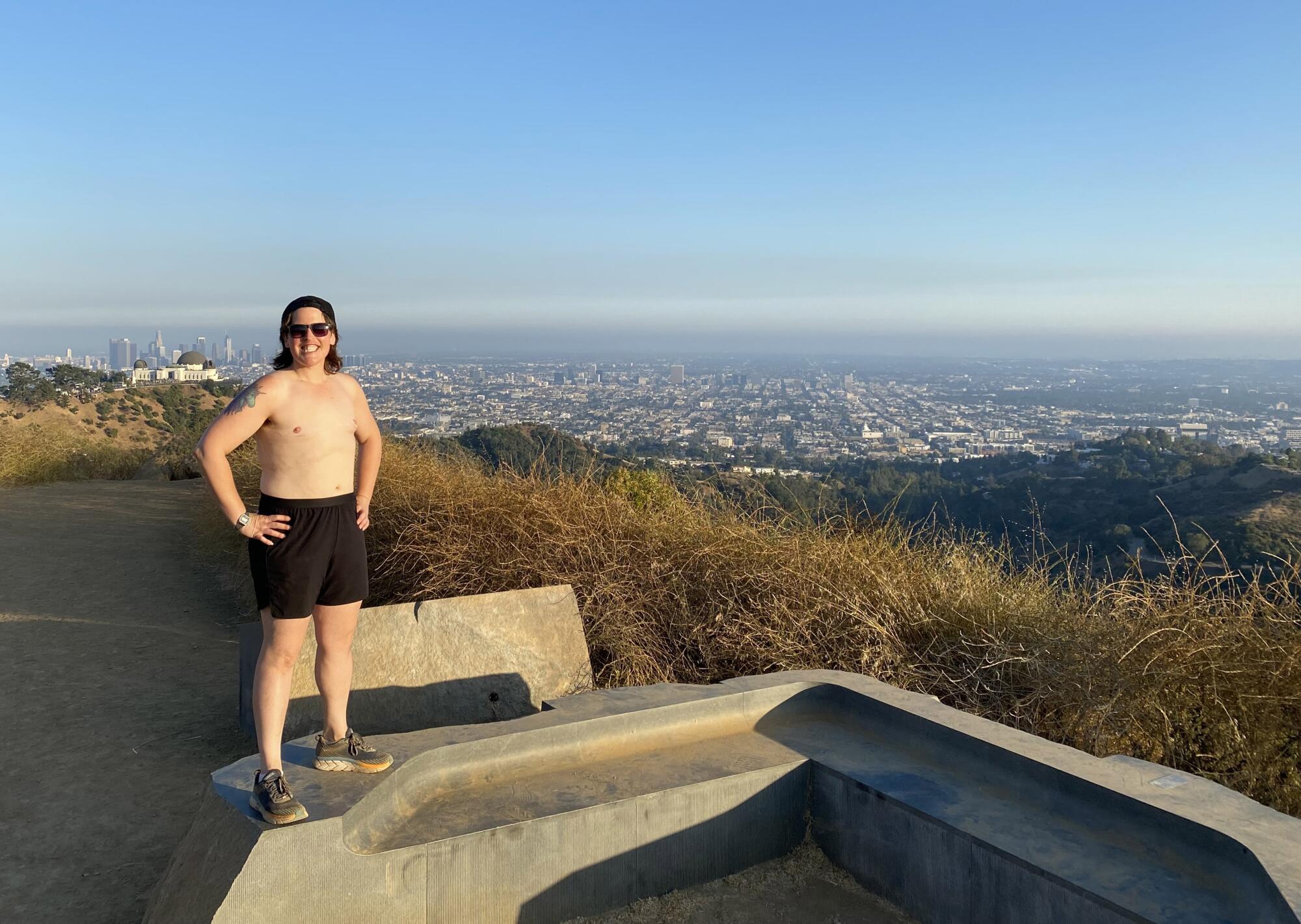
Elio Hawk Garcia, a 22-year-old nonbinary college student living in San Francisco, told me they started hormone replacement therapy in late 2019 during their senior year of high school.
One of their first memories of their queerness was in third grade, when they were having a slumber party with their best friend and declared, “Wouldn’t it be so cool to wake up as a boy?” Their friend disagreed. “OK, me neither, I guess,” Elio remembered saying.
Last summer, they decided they wanted to stop taking testosterone. Their shoulders had grown more masculine, and their hairline had started to recede.
“I was starting to look at myself in the mirror, and I was like, ‘I don’t know who this is anymore,’ and I realized that, like, I went a little too masculine,” Elio said.
Elio wishes people understood that transitioning is not a linear journey. They do not consider themselves “detransitioning,” a term that’s become politicized as anti-trans activists look for ways to attack medical access for trans kids.
“I was on testosterone, I got to where I wanted, I realized I was going a bit too far. And then I stopped. And that’s all part of transition,” Elio said.
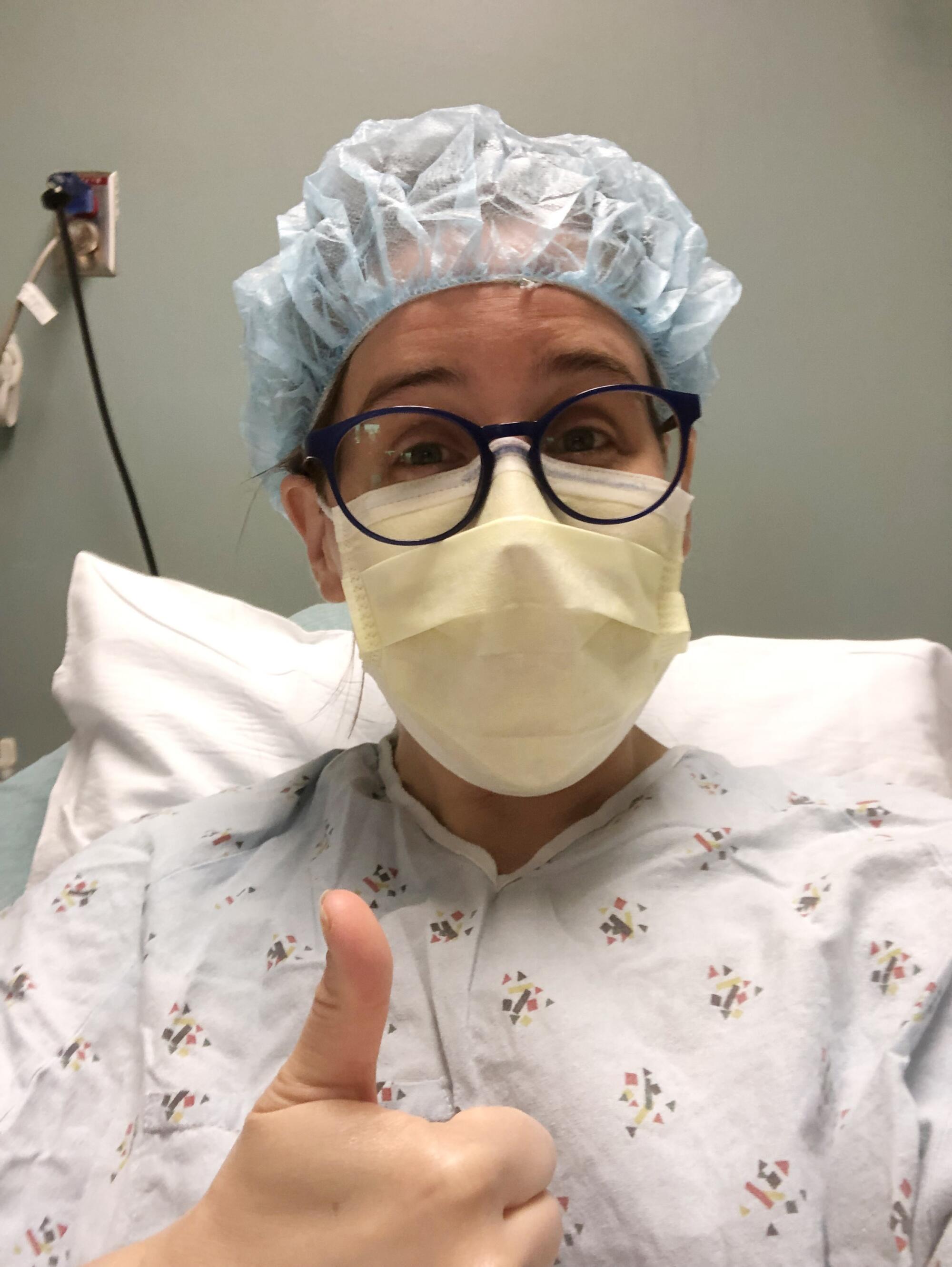
I had surgery to remove my breasts in the summer of 2022. I laughed when my surgeon asked me whether I was absolutely sure I wanted to proceed, whether I would later regret it. I’d spent years in gyms working out my chest, trying to get rid of my breasts — all the while not understanding why.
I did not grasp what it meant to be nonbinary, or that it could apply to me, until 2021. I was bemoaning to my therapist how unhappy I was with the concept of gender. How some days I felt like wearing a dress. Some days I felt like presenting more masculine. How I hated society’s pressure to define me as one or the other.
Six months prior, I’d written in my journal: “I’ve been thinking a lot about my queerness. I want to wear gowns and suits and a mixture in between. I don’t want to live with the pressures of the binary. I just want to wake up and be whomever I am that day.”
“Have you ever thought about nonbinary?” my therapist asked me.
“No, no,” I laughed, and then too quickly blurted out, “I’m a woman.”
The moment the words left my mouth, my heart started racing. In that moment, I realized — knew to my core — that I was holding onto the idea that I was a woman for everyone else around me: my parents, my friends, my partner of more than a decade.
I told my wife over breakfast, an event so remarkably unremarkable in terms of how much it changed our relationship that neither of us remember the conversation. Our unconditional love made it easy.
That week in a letter to my younger self, I wrote, “I’m sorry for all the pain and shame and heartache. We will work through that, but mostly, let’s enjoy feeling like we can safely inhabit this body, this healthy body we have been blessed with.”
I found further freedom in my body after my surgery. I finally met me.

Being queer in America today is being part of a rebellion that demands “complete and undeniable acceptance” for all queer people, and a recognition that those with intersectional identities face unique oppression, nonbinary queer activist Iziaih Choquette, 27, told me.
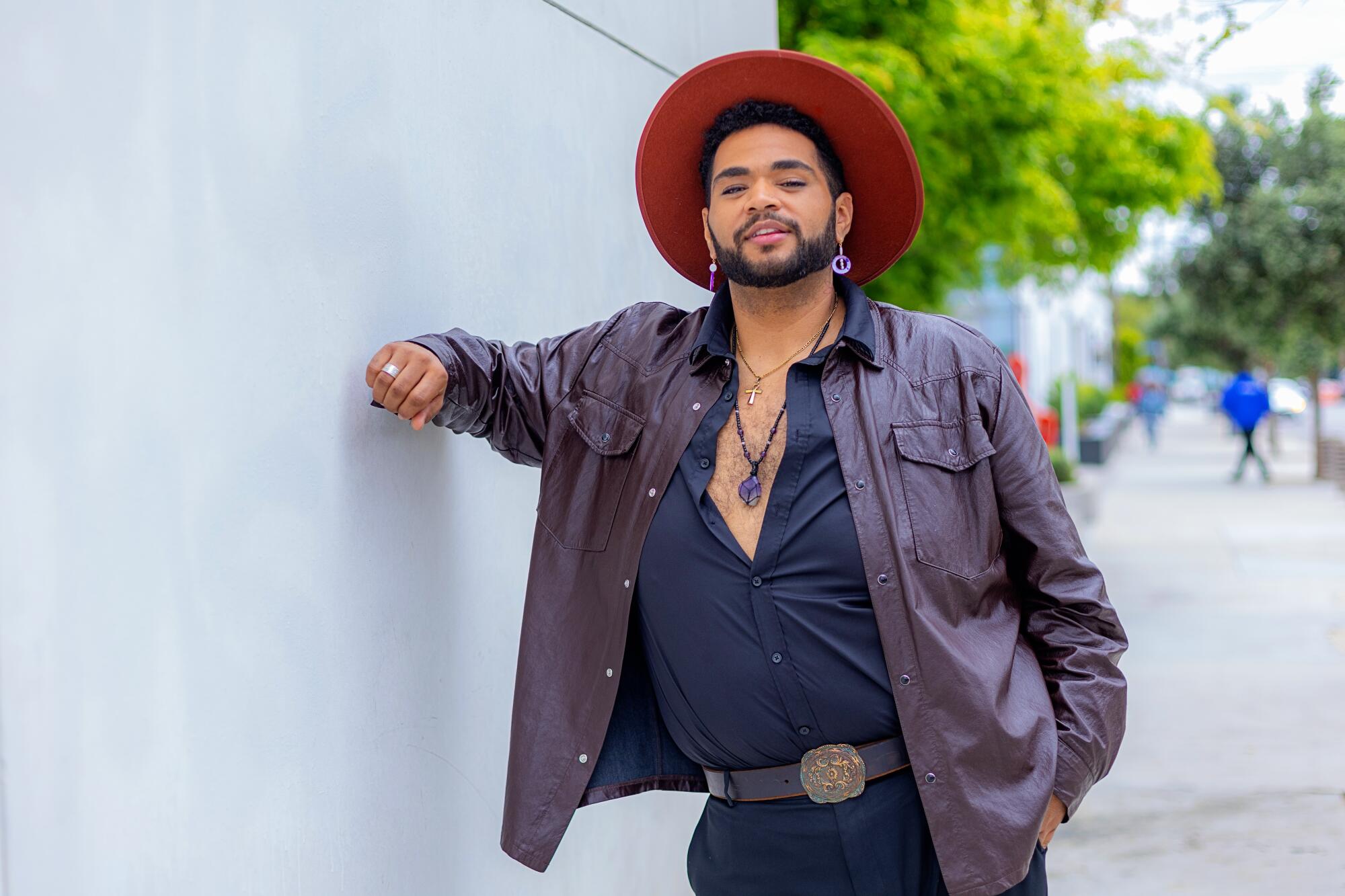
Iziaih moved to L.A. from Nebraska a few years ago. As a kid, they’d imagined themselves walking down the street with a curvy body wearing a brassiere and tight clothing. But being Black and queer in middle America, they identified as a gay man. “A lot of my queerness was one letter, one color,” they said.
Once in L.A., they felt safe to explore their identity more fully. They found community at the L.A. LGBT Center and started expressing their feminine side wherever they went. It was a revelation.
“I’d actually get killed if I tried to do that in Lincoln,” they said. “To go from that to then being in a space where like, I see people like that … It’s like ‘Oh, wait, so it’s OK. You can be OK, you can be Iziaih.’ ”
Queer youth are no longer willing to segment themselves into socially acceptable pieces.
“I am who I am. And you don’t have to associate with me, but … I don’t have to be caged for your happiness,” Iziaih said.
Mark Anthony Chavez (he/they), 22, grew up in a Mexican family where the men bullied him, calling them “gay” before Mark Anthony knew what the word meant. The harassment made it hard to see a happy future.
Once they were free to bloom into their queer, nonbinary self, however, they started to realize they could be happy and dream of a simple queer life — which alone felt like a privilege.
“Especially for queer youth,” Mark Anthony said, “the simplicity of just living happily is grand, because that’s something that a lot of queer youth, especially from the past, couldn’t afford to have.”

In August, I went back to church. I was ready to try God again because I no longer hated me. In fact, I kind of love me. My queerness gave me that.
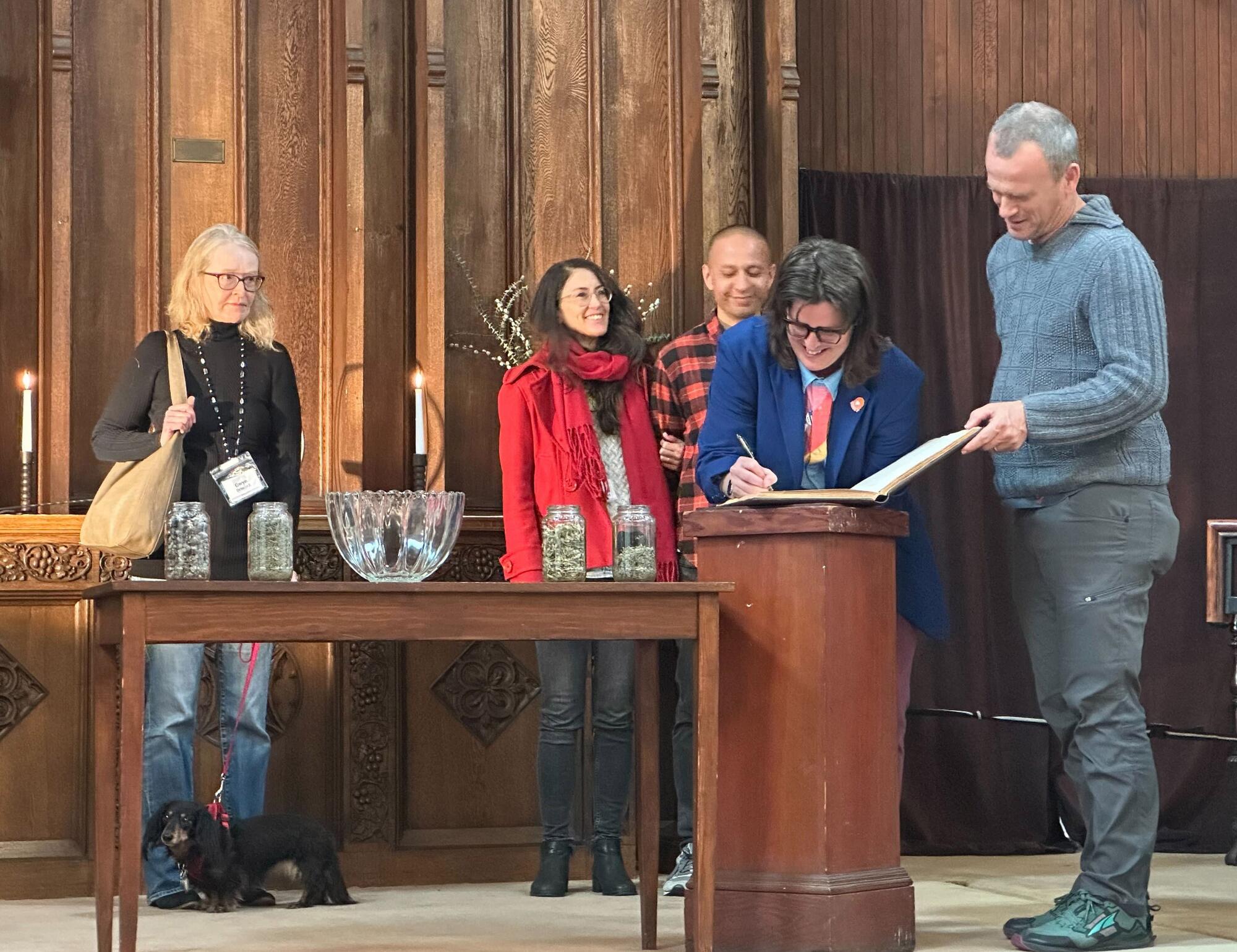
I knew I wanted to attend a Unitarian Universalist church, as I’d always seen them at Pride events and had attended such a church in Tulsa, where the first sermon I’d heard was given by a pregnant queer minister about the diversity of beliefs among atheists. I knew these were my people — and that they’d never teach my future children they were going to hell.
Walking into the Unitarian church in Pasadena, I was deeply uncomfortable, even though I knew it was a welcoming crowd. Even though I immediately noticed rainbow paper hearts strung on the pulpit. Even though my gaydar immediately found the queers in the room. Even though it was clear the pastor giving that day’s sermon was queer.
I know God does not hate me (or anyone), and I know I am not doomed to hell — but I still have work to forgive the Christians who taught me that. And I’m not alone.
Of the LGBTQ+ participants in a recent poll for the Los Angeles Times, few reported attending weekly religious services; most said they never attend.
This is one of the great tragedies and failures of faith communities. Although an increasing number of churches are changing their views on LGBTQ+ people, some are issuing newanti-LGBTQ+ proclamations. And many queer people — including some I spoke to — don’t want to return to places that caused their deepest heartaches, taught them to embrace shame and encouraged their families to rebuke them.
My first Sunday back at church, I sat alongside three queer friends as we listened to that day’s sermon about the history of the rainbow and its significance to ancient people from Australia to Greece.
“For some movements within Buddhism, the rainbow symbolizes the highest state a human being can reach before entering final enlightenment, or nirvana,” said the visiting Rev. Elizabeth Murphy.
I was brought back to that feeling of awe I’d felt when my philosophy teacher gave me permission to question what I’d been taught. I realized Christians have never owned the rainbow — or God.
Now, every Sunday I listen as my pastor, the Rev. Tera Landers, ends her sermon with a phrase I take to heart: “Go out and love the world.”
That, I’m learning, is the queerest, proudest thing we can do. It’s also what the queer youth I spoke to are already practicing.


